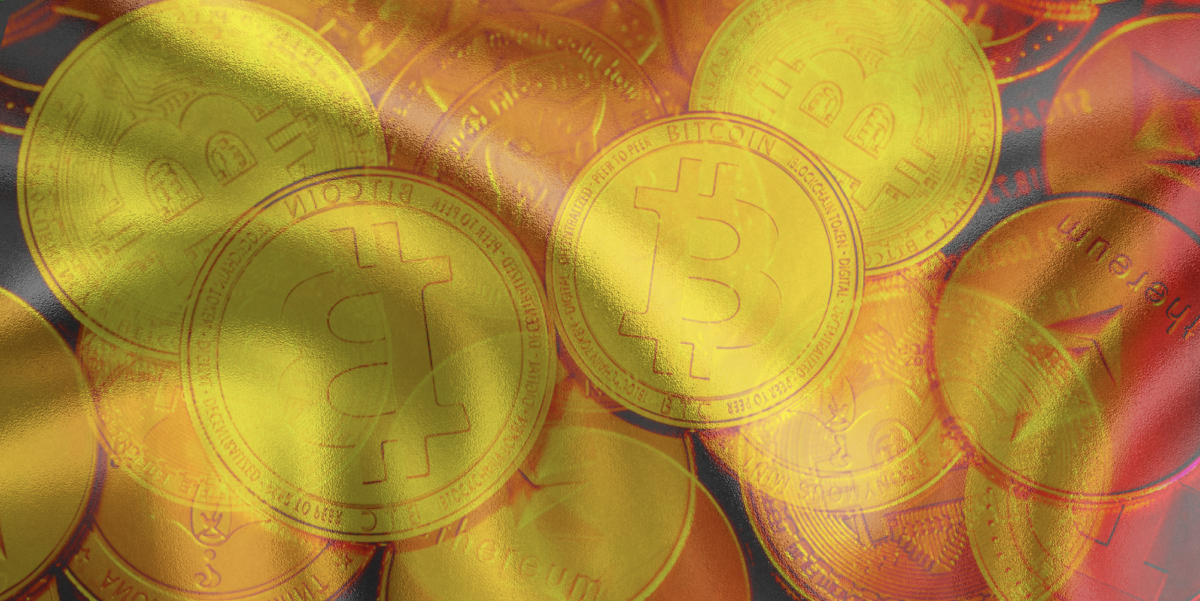Every week we simplify the market into key points so you can stay up to date on market trends, upcoming drops, top project guides and much more!
BY Brent Annells
February 01, 2023
Despite the fact that approximately $100-200 million in NFTs are traded on blockchain networks each week, many creators still struggle to generate significant revenue from their work. The reason? Royalties — or rather, a lack thereof. Royalties allow creators to be compensated for their work beyond the primary sale, making them a vital source of income and a means of funding future creative endeavors.
However, royalty allocations for creators are not technically enforceable. As a result, creators are at the mercy of the NFT platforms that host their work, as these platforms have the power to determine how royalties are distributed. This is a crucial issue. Without a fair system for distributing royalties, the future of the digital artistry industry is at risk.
The royalty debate reached a fever pitch in November 2022 when OpenSea, one of the leading NFT marketplaces, announced plans to introduce a tool that would enforce creator fees (artist royalties) on its platform. The problem? Though the NFT giant gave new collections a creator fee-enforcement option, they said that they were considering defaulting existing collections to zero royalties.
While some in the NFT community were pleased that OpenSea was taking a stand to support artists who made new collections, the company faced a lot of backlash from existing creators and ultimately decided to continue enforcing creator fees for existing collections.
UPDATE: We will continue to enforce creator fees on all existing collections.
While the community considered this a win, the issue goes far beyond OpenSea. Because there is no technical way to enforce royalty allocations, each marketplace can decide whether to offer or honor them. This lack of standardization has led to a situation where some marketplaces — such as LooksRare, Magic Eden, and X2Y2 — do not offer NFT royalties to creators, instead leaving it up to NFT buyers to honor an artist’s royalty policy for purchases. This can be problematic, as it places the onus on buyers to understand and follow each artist’s individual royalty policy, which can be confusing and difficult to navigate.
Furthermore, most marketplaces, including OpenSea, do not support royalties on individual pieces. If an NFT with its own royalty policy is sold on a platform like Rarible and then listed on OpenSea, the original artist may not see any revenue from the secondary sale. This undermines the ability of artists to monetize their work and can lead to a lack of fairness and transparency in the NFT marketplace.
Empowering creators through NFT royalties is essential. These royalties democratize the take rate, preventing one central platform from having all the control over how royalties are shared and ultimately giving creators more power to decide the terms. Additionally, creators can negotiate directly with their fans and create long-term revenue streams through their supporters acting as distributors.
There are a few ways the NFT space can work toward a fair and enforceable system for distributing NFT royalties. Establishing universal standards and protocols for NFT royalties would give creators more control over their work and provide a level playing field for all marketplaces to operate within. This would also make it easier for buyers to understand and follow individual artists’ royalty policies, which would help to ensure that creators receive fair compensation for their work.
The royalties war is really only a battle for volume between marketplaces that comes at the cost of creators. Solutions that are trader focussed delegitimize the humanity, culture and community that make this industry special, and treat art and NFTs as shitcoins.
To move towards universal standards and protocols, the Ethereum Improvement Proposal (EIP) 2981 lets developers and users easily attach royalty information to an NFT asset stored on the blockchain. This allows for a common data store and computation layer that all participants can access, making it easier to track and enforce royalties. Additionally, SuperRare is currently developing an NFT royalty model, although it’s unclear if it uses EIP-2981. However, this project is a promising step towards creating a more robust solution for NFT royalties.
But this isn’t all that’s needed. By providing creators with the support and resources they need, we can help to ensure that the digital artistry industry continues to thrive and grow. From Udemy to the aptly-named NFT Art Course, thousands of artists are already taking advantage of these resources and learning how to better support themselves and earn a living through their craft.
Ultimately, the future of digital artistry hinges on the NFT royalty debate. By addressing this issue and finding ways to empower creators, we can ensure that the industry remains vibrant, dynamic, and fair for all.
Brent Annells is a serial entrepreneur, technology enthusiast, and the CMO of Smart Token Labs, which connects brands to the NFT ecosystem. Brent has led partnerships and branding for major technology companies, including Facebook and Uber.



